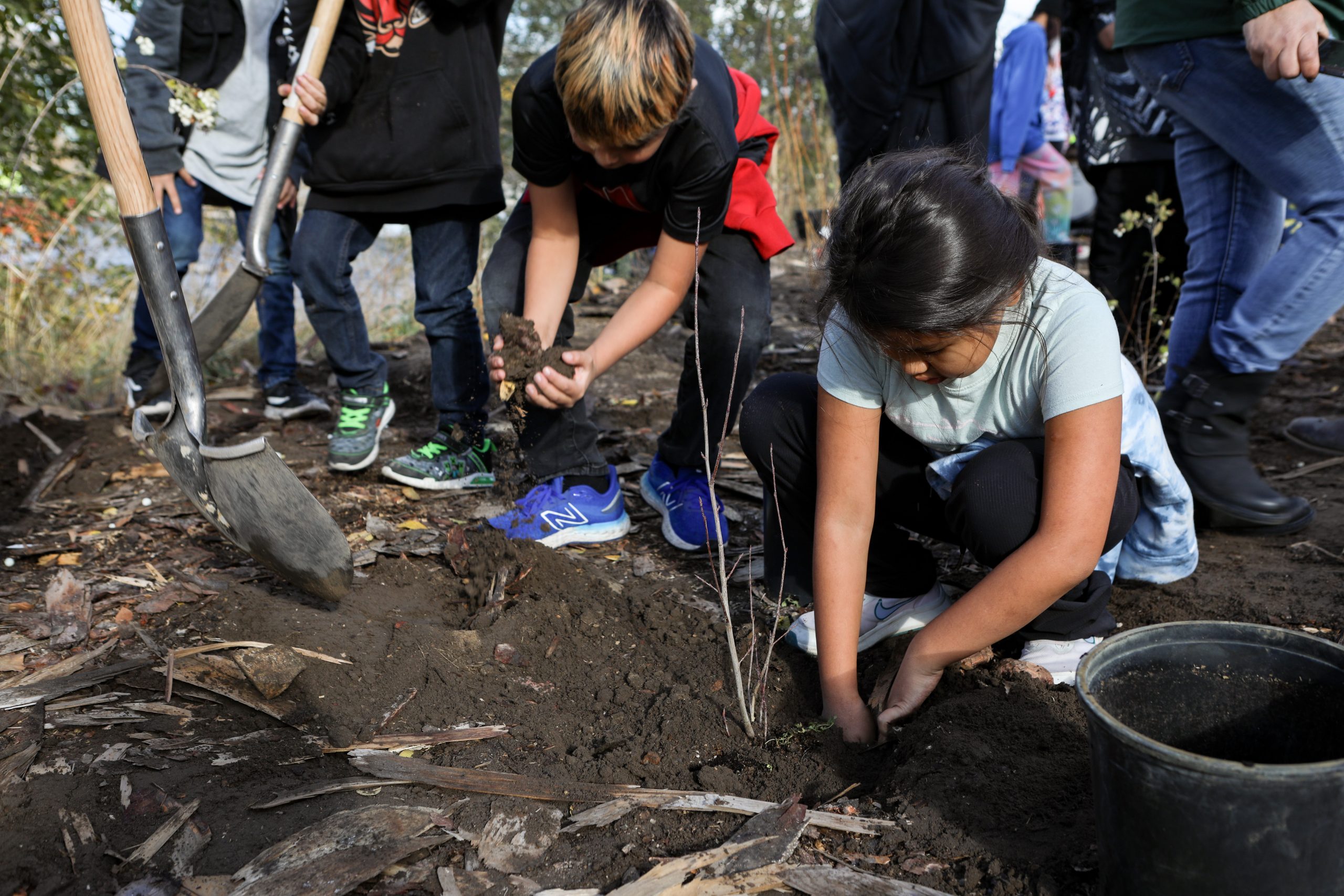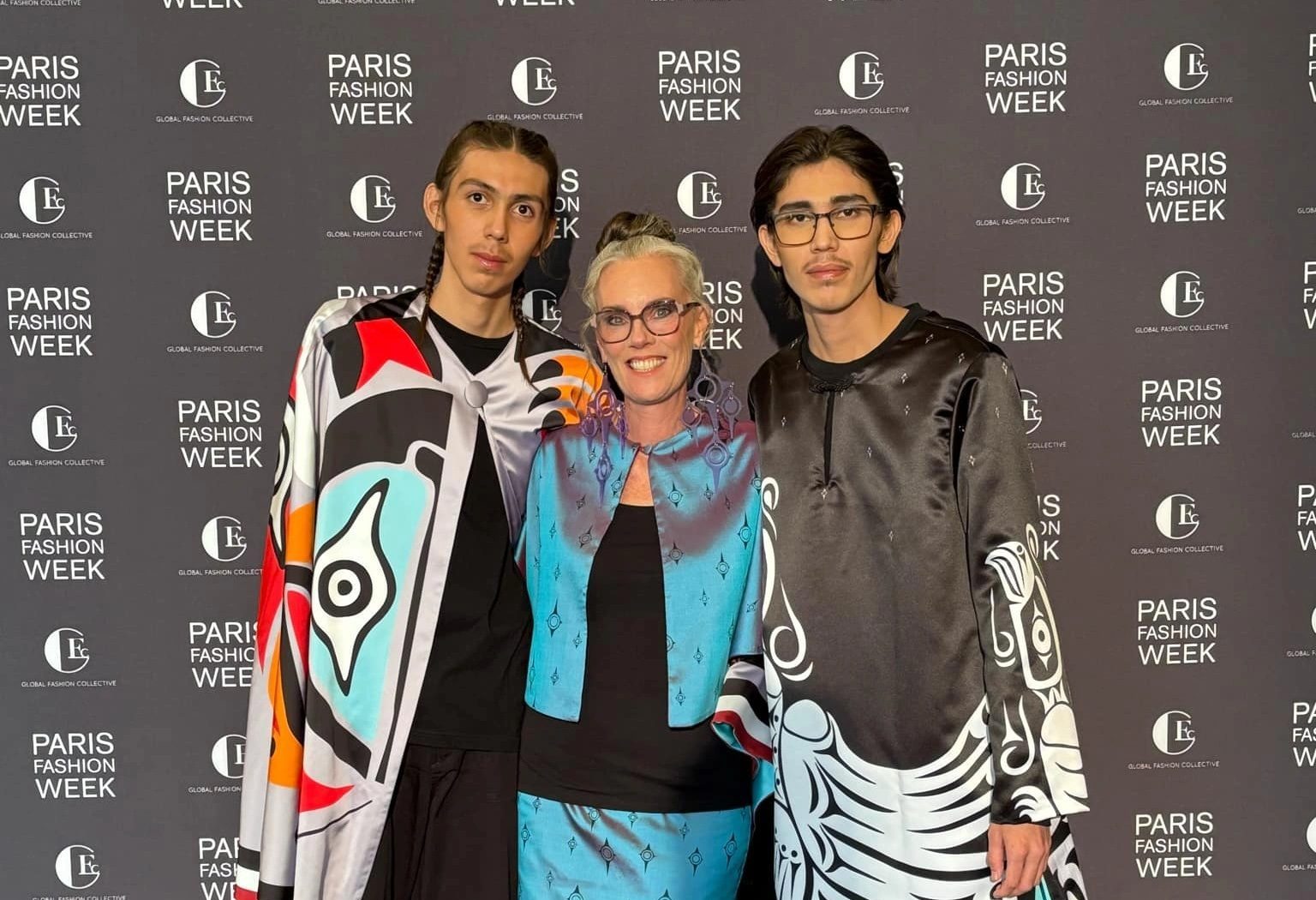sməlqmíx declares Ashnola Corridor as an Indigenous Protected and Conserved Area
Through practising traditional syilx laws, the Lower Similkameen Indian Band will protect the territory’s water and tmixʷ

nʔaysnúlaʔxʷ, (The Ashnola Corridor), located in the Similkameen Valley in syilx territory was declared as an Indigenous Protected and Conserved Area by the sməlqmíx on April 28, enabling the Lower Similkameen Indian Band (LSIB) to protect and manage the area while continuing to uphold sməlqmíx/syilx laws and teachings.
ʔaysnúlaʔxʷ, (Ashnola River), is a tributary river of the Similkameen River, with the latter being a 197 km-long waterway that flows through the valley. kalʔlupaqn Keith Crow, the chief of LSIB, said he’s concerned about the Similkameen River, and says it’s endangered. He cited mining contamination, forestry issues and climate change as significant risk factors.
“We really believe that we need to start protecting these tributaries. Because if you look at the broader scale of the water, the Similkameen feeds into the Okanagan system, which feeds into the Columbia,” said Crow.
“It all has to work together. And if we lose the Similkameen, which is the lifeblood of our valley, if we lose that, we lose our identity. We lose who we are.”
Conserving and managing the nʔaysnúlaʔxʷ snxaʔcnitkʷ (Ashnola Watershed), that the ʔaysnúlaʔxʷ runs through, Crow said, is a small piece of a bigger puzzle of helping to protect the siwɬkʷ (water) and tmixʷ (all living things) in the region.
“I’m looking forward to the education and awareness to everybody that we do take our responsibility seriously, and this is going to be our stance,” he said.
Additionally, managing nʔaysnúlaʔxʷ using syilx practices will help mitigate the threat of wildfires, restore the land, and protect food sovereignty. Under LSIB management, Crow said that traditional burns will be conducted more often.
“We’ve had so many forest fires in the last five or six years that have hit the Ashnola. But if we were allowed to practise our traditional practices, it wouldn’t have been as bad as it has been,” he said.
Crow said that the displacement of ungulates in nʔaysnúlaʔxʷ is due in large part to recent wildfires and the effect that they have had on the land.
“I remember 20 years ago being able to hunt in the Ashnola. Just on the drive up you’d see 100-plus deer, maybe a moose or two,” he said. “The last time I went up there, I see nothing. Not even a track.”
The next step is to build partnerships with forestry agencies, and Crow said that they will be following syilx forestry standards when it comes to forest management.
“We’re trying to change it to make it so it is sustainable and that it’s not hurting our systems the way they have in the past,” he said.

Through the declaration, he said that his hope is that his great, great grandchildren will have the opportunity to experience what he’s experienced: hunting, clean water and enjoying the land.
“When it comes to decisions made by us at our level, I’ve always been taught that we have to think at least seven generations down the road,” he said.
“My biggest fear right now is, the way we’re going, we’re going to lose the Similkameen River. If changes don’t happen, that’s what’s going to happen.”
Author
Latest Stories
-
‘Bring her home’: How Buffalo Woman was identified as Ashlee Shingoose
The Anishininew mother as been missing since 2022 — now, her family is one step closer to bringing her home as the Province of Manitoba vows to search for her
-
‘Our lives are documented in the art’: Snuneymuxw design house weaves love and loss into new collection
Ay Lelum debuted its latest ‘Bright Stars’ collection in Paris on Oct. 2, with designs that record family history through clothing












